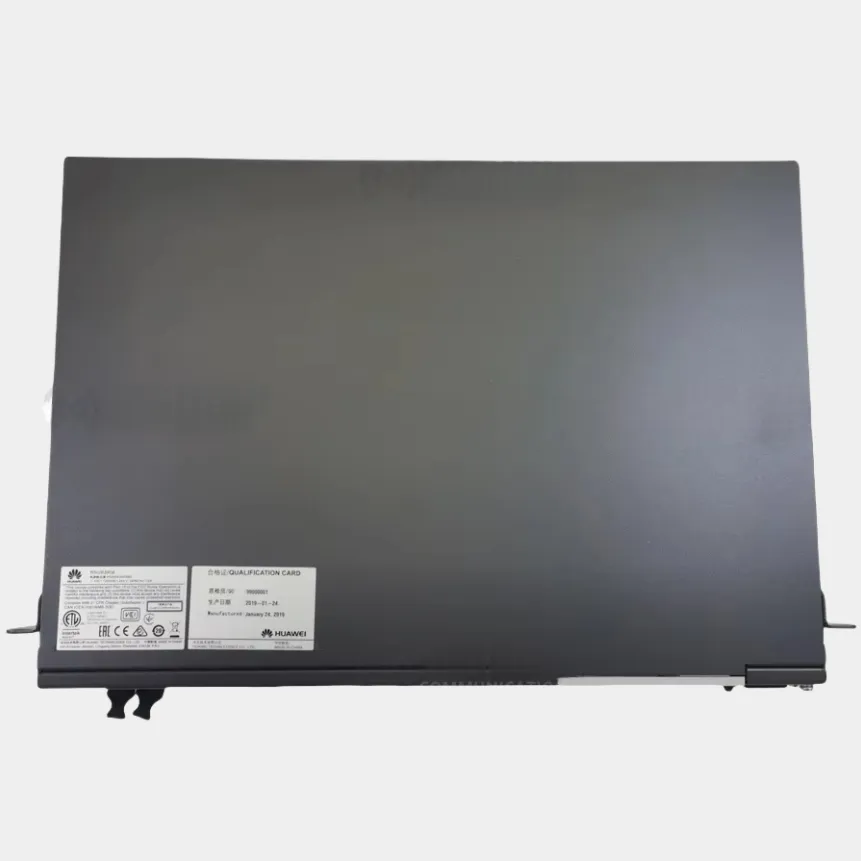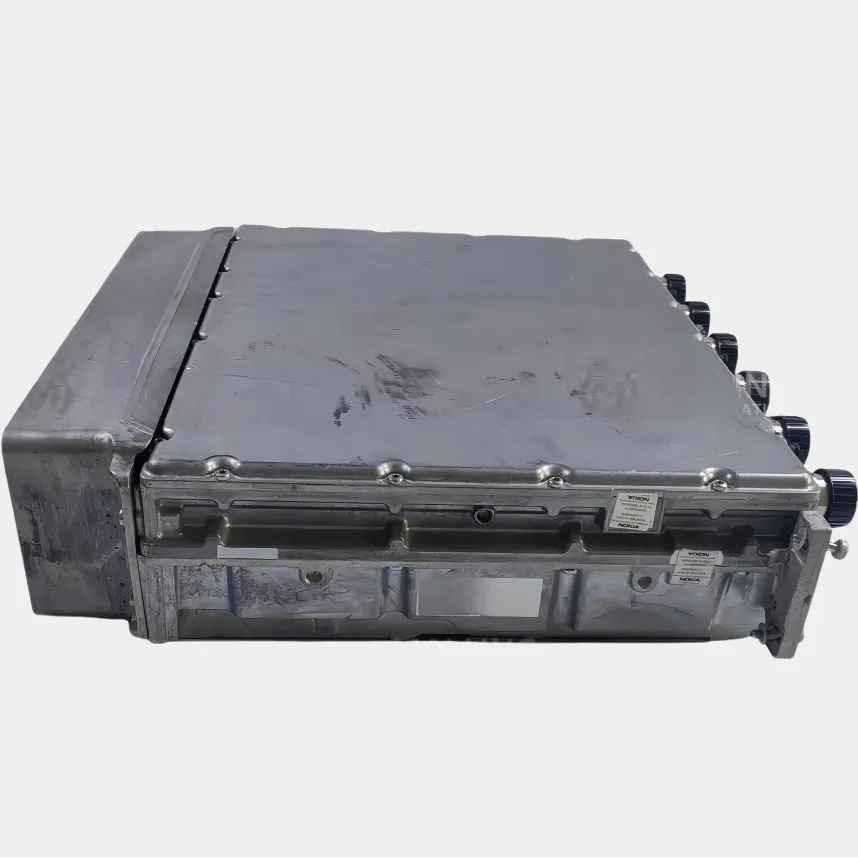Ընդհանուր տեղեկատվություն Հիմնական Տրանսցեպտոր Ստացիանի (BTS) մասին
BTS-ը լավագույն հաճախության, հիմնական տարածքի և կառավարման միավորներից բաղկացած անամորֆ համակարգային սարք է: Այն փոխակերպում է սիգնալները կորի ցանցից անամորֆ սիգնալների, որոնք հետում են մոբայլ ստացիաններին, իսկ նաև սիրելու անամորֆ սիգնալները մոբայլ ստացիաններից՝ փոխակերպելու համար կորի ցանցի համար 디ջի털 սիգնալների: BTS-ը լայնորեն օգտագործվում է մոբայլ համակարգային ցանցերում՝ որպես հիմնական համակարգային սարք մոբայլ օգտագործողների համար՝ որպես ձայնային զանգերի, տվյալների ինտերնետային առաջացման և այլ ծառայությունների համար:
Ստանալ պատվեր


